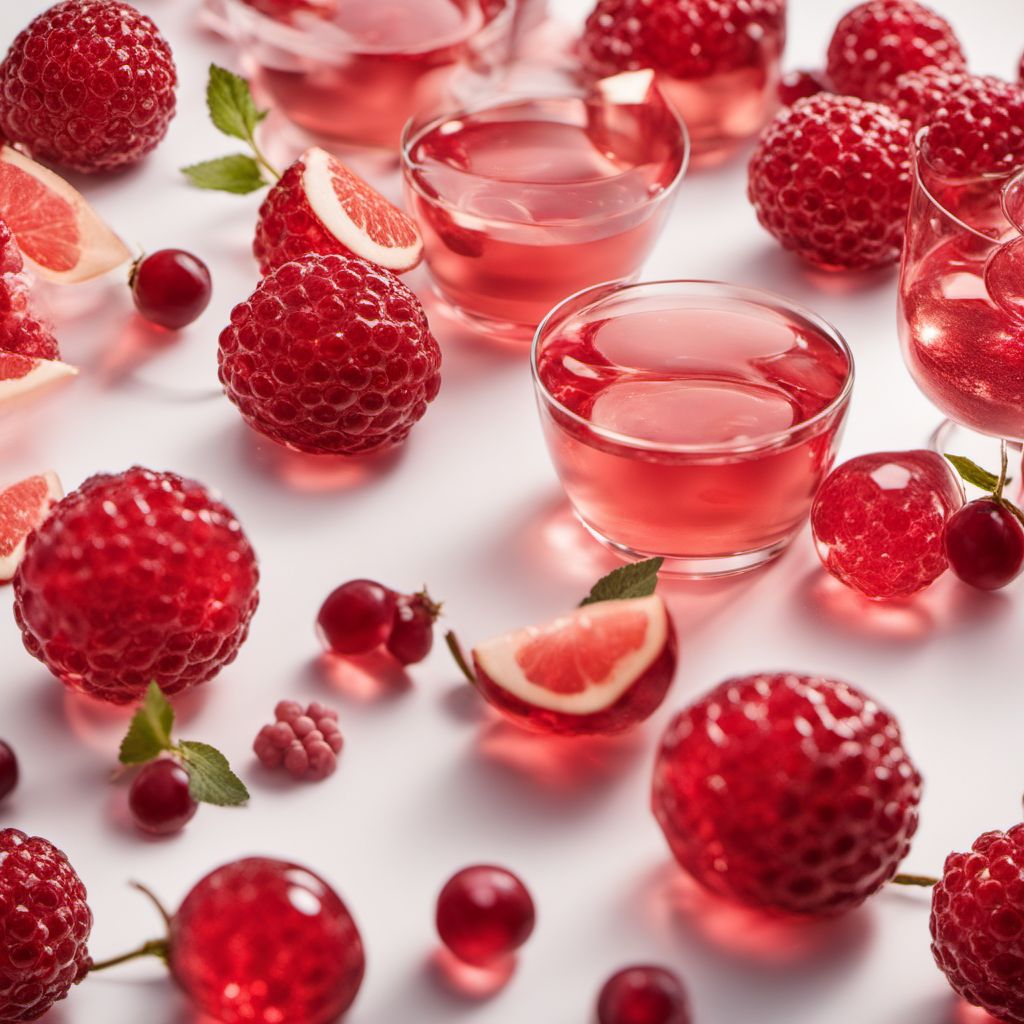
Ingredient
Red or rosé sparkling wine
Effervescent Elixir for Celebrations
Red or rosé sparkling wine is made using traditional winemaking methods, with the secondary fermentation process creating the characteristic bubbles. It can range in color from pale pink to deep red, with flavors that vary from fruity and floral to rich and complex. The bubbles provide a refreshing and lively mouthfeel.
Origins and history
The production of sparkling wine dates back to ancient times, with evidence of its consumption in ancient Rome. It gained popularity in the Champagne region of France and has since become a symbol of celebration and luxury worldwide.
Nutritional information
Red or rosé sparkling wine contains alcohol and should be consumed in moderation. It also provides antioxidants and may have some health benefits when enjoyed responsibly.
Allergens
Contains alcohol.
How to select
When selecting red or rosé sparkling wine, consider the occasion and personal preferences. Look for a reputable producer and choose a wine that suits your taste, whether you prefer a fruity or more complex flavor profile. Consider the sweetness level, as some sparkling wines can range from dry to sweet.
Storage recommendations
To preserve the quality and effervescence of red or rosé sparkling wine, store it in a cool, dark place, away from direct sunlight and temperature fluctuations. Once opened, reseal the bottle tightly or use a wine stopper to maintain the carbonation.
How to produce
Producing red or rosé sparkling wine requires specialized winemaking techniques, including the selection of suitable grape varieties, careful fermentation, and aging. It is a complex process best left to professional winemakers.
Preparation tips
Red or rosé sparkling wine is typically enjoyed on its own as an aperitif or paired with a variety of dishes, including seafood, poultry, cheese, and desserts. It can also be used as a base for cocktails or incorporated into recipes for added flavor.
Culinary uses
Red or rosé sparkling wine is commonly used for toasting and celebrating special occasions. It is also a popular choice for pairing with festive meals and desserts.
Availability
Red or rosé sparkling wine is produced in various regions around the world, including Champagne in France, Prosecco in Italy, and California in the United States.
